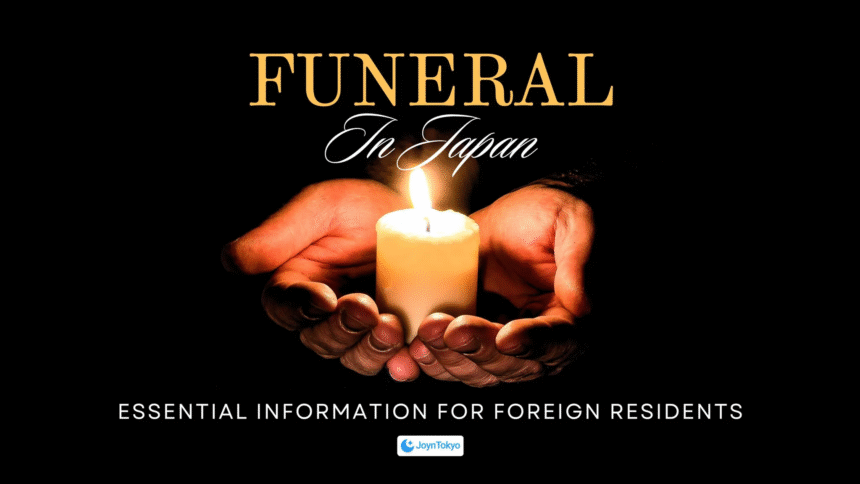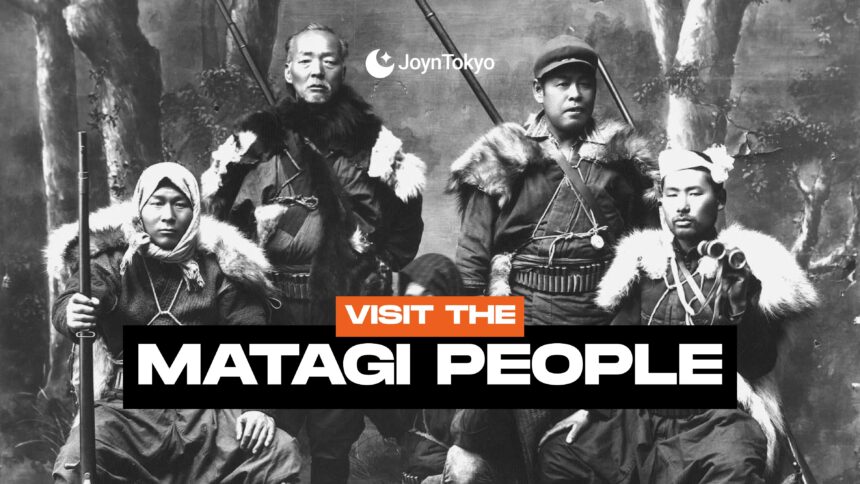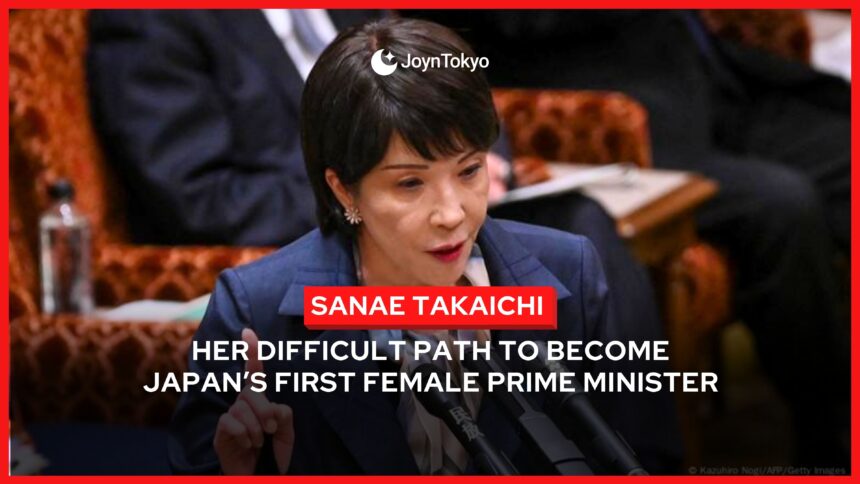Quick facts at a glance
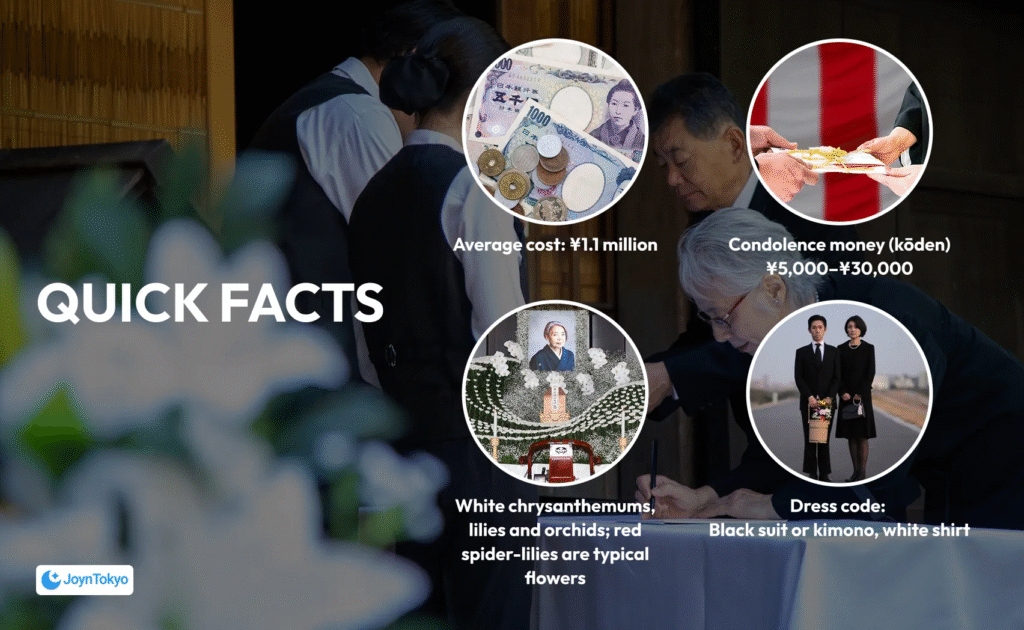
- Average cost: The cost of family-size funerals now hover around ¥1.1 million, while traditional full-scale ceremonies can exceed ¥2.3 million.
- Condolence money (kōden): It is customary to give ¥5,000–¥30,000, placed in a black-and-silver envelope marked 御霊前 (goreizen) with gently used notes.
- Flowers: You should give white chrysanthemums, lilies and orchids, and you’ll notice red spider-lilies appear around cemeteries in late summer.
- Dress code: You should war a black suit or kimono, with white shirt, matte black tie or understated pearls; absolutely no shiny fabrics or bright colors.
The Cultural Significance of Funerals in Japan
Although everyday life in Japan may feel largely secular, nearly 90 percent of funerals still follow Buddhist rites. The ceremony is both a religious passage and a social more where relatives, neighbors and colleagues reaffirm community bonds and reassure one another in times of grief. Understanding the symbolism — incense to purify, sutra chanting to guide the soul, and condolence gifts to offset costs — helps foreign guests show respect as well as sympathy.
Background of Japanese Funeral Customs
Japan’s modern funeral template was solidified during the Edo period, when every household was registered with a Buddhist temple. Today’s rites still feature a posthumous Buddhist name (kaimyō), a vigil that keeps evil spirits at bay, and the ubiquitous cremation followed by internment of the urn in a family grave.
Religious Variations You Might Encounter
Shintō, Christian and secular services together account for only about ten percent of funerals, but they do exist. When attending a non-Buddhist ceremony, the core etiquette — formal black attire, kōden envelope, and a quiet demeanor — remains the same.
Step-by-Step Breakdown of a Japanese Funeral Ceremony
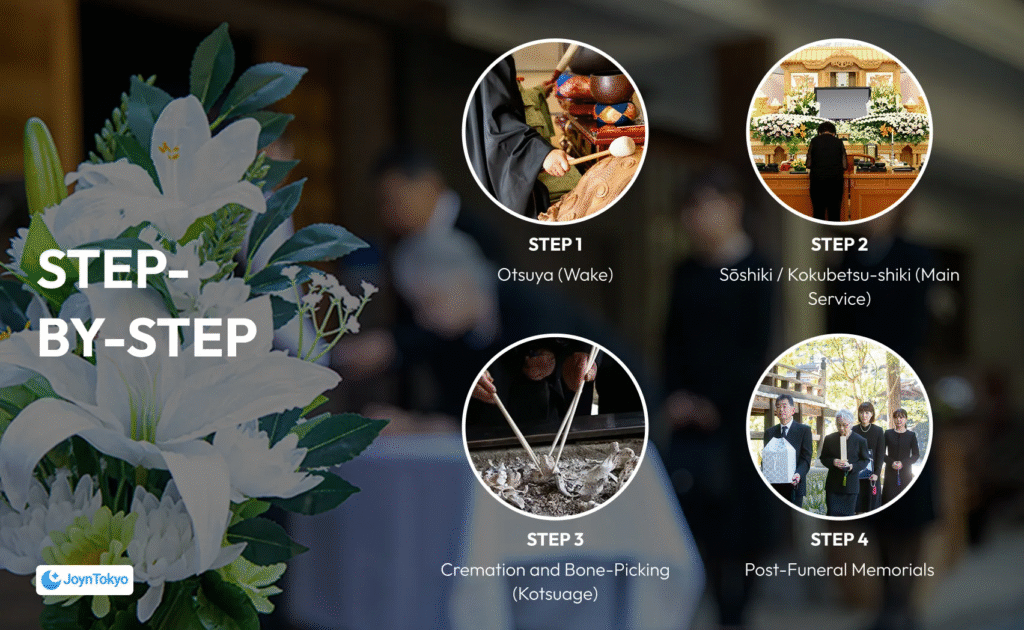
Every region tweaks the schedule, yet most funerals unfold in four recognisable stages.
1. Otsuya (Wake)
Held the evening before the funeral, the wake is an opportunity for close friends to sit with the deceased, offer incense and share memories. Guests arrive within a posted time window, sign the registry, hand over the kōden, and quietly join the vigil.
2. Sōshiki/Kokubetsu-shiki (Main Service)
The formal service the next day echoes the wake but adds eulogies and, often, the conferral of the kaimyō. A Buddhist priest leads sutra chanting while mourners file past the altar to offer incense.
3. Cremation and Bone-Picking (Kotsuage)
Only close family accompany the casket to the crematorium. After cremation, relatives transfer bones into an urn with ceremonial chopsticks, starting at the feet and ending with the Adam’s apple, so that the departed can stand upright in the afterlife.
4. Post-Funeral Memorials
Seven-day, 49-day, and annual memorials are common. If invited, dress as you would for the funeral and bring a modest gift or kōden.
Funeral Etiquette Every Foreigner Should Know
A Japanese funeral is highly choreographed, but even newcomers can blend in by observing a few key practices.
Dress Code and Appearance
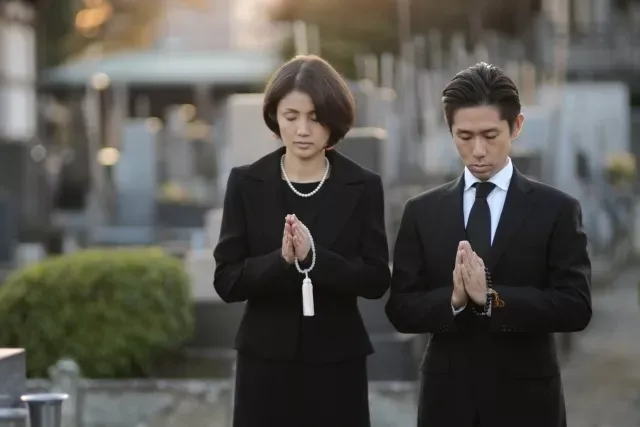
Men: Black suit, white shirt, matte black tie, black shoes, no jewelery beyond a wedding ring. Women: Knee-length black dress or kimono, opaque black tights, closed shoes, with discreet pearls optional. Cover tattoos and remove bright nail polish.
Offering Condolence Money
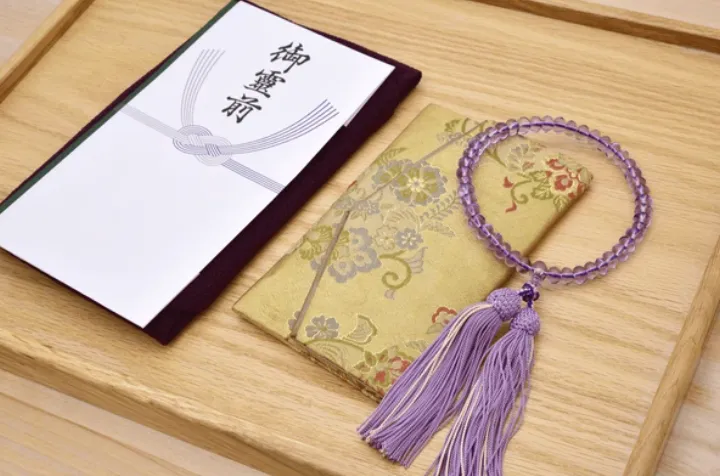
Prepare worn (not crisp) bills totaling an odd number of ¥1,000 notes — ¥5,000 is safe for colleagues, ¥10,000–¥30,000 for close relations. Slip them into a goreizen envelope, fold the money once if new, and present it at the reception desk, never to the family directly.
Conduct During the Service
Silence your phone, bow lightly to the altar before and after offering incense, and use short phrases such as Okuyami mōshiagemasu (“My condolences”). If you are unfamiliar with incense rites, then observe and copy the person ahead of you.
After-Service Customs
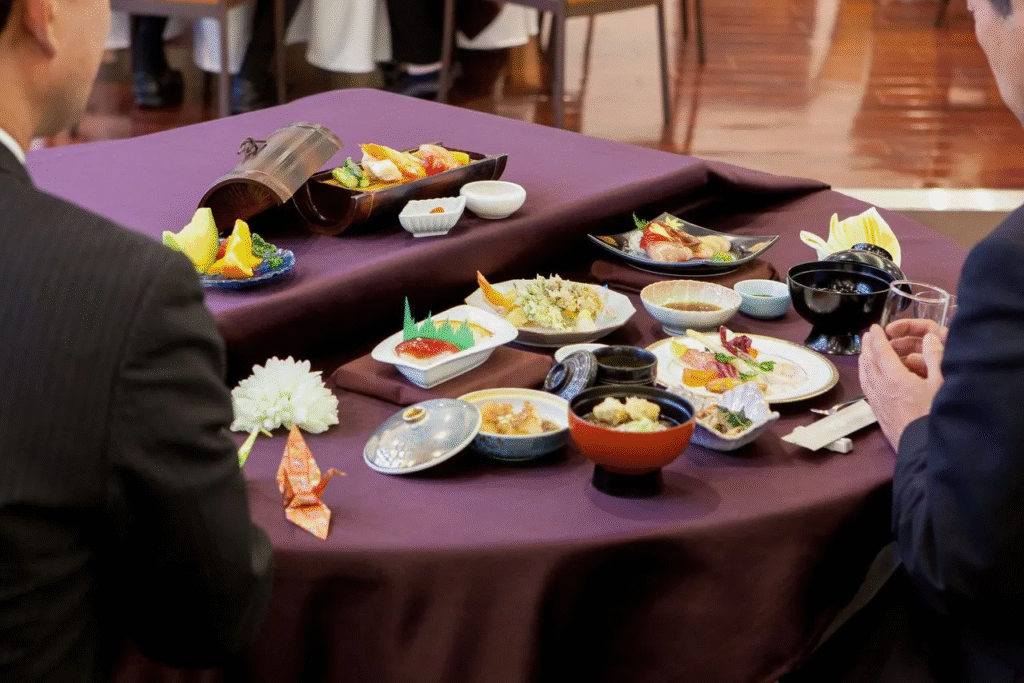
On leaving, you may receive a towel or tea set in return for kōden and a packet of purifying salt. Sprinkle the salt over your shoulders before entering your home to avoid bringing ritual impurity indoors.
Funeral Flowers and Other Offerings
White blooms are the most typical at a funeral, because white symbolizes purity and mourning. Chrysanthemums convey grief, lilies suggest restored innocence, and orchids or roses add elegance without breaking taboos. Spider-lilies, their crimson petals lining cemetery paths each autumn, remind mourners of life’s fleeting beauty. When sending arrangements, confirm with the bereaved whether flowers are welcome, as some families prefer donations in lieu.
Ordering and Presenting Flowers
Funeral wreaths and standing sprays can be ordered through local florists or online services that liaise with the funeral hall. Attach a wooden name tablet (hōji-dai) showing your name and relationship; the undertaker will position it beside the altar.
Incense, Fruit and Cash Offerings
If the family declines flowers, incense sticks, seasonal fruit trays or a modest cash contribution marked 供花 (koden-hana) are appropriate substitutes.
Understanding Funeral Costs in Japan
Japan once topped global funeral expense charts, but streamlined “family funerals” are bringing average costs down. A small-scale ceremony, including hall rental, priest, cremation and basic catering, now averages roughly ¥1.1 million. However, traditional multi-day services with luxury hearses and lavish banquets can still surpass ¥2.3 million.
Typical Expense Breakdown
- Funeral hall and staff: 40%
- Religious fees (priest, kaimyō): 25%
- Catering and return gifts: 20%
- Cremation fee and transportation: 10%
- Flowers, décor and extras: 5%
Cutting Costs Without Sacrificing Dignity
Joining mutual-aid societies (kōreisha seikatsu kyōdō-kumiai), pre-arranging a simple one-day funeral, or opting for direct cremation can reduce the bill by 30-50%.
Planning a Funeral in Japan as a Foreigner
Japan’s meticulous bureaucracy can feel daunting at the best of times, let alone when you are under tremendous emotional strain. Today, however, there are English-speaking funeral directors who specialize in supporting international families.
Choosing a Funeral Home or Temple

Ask whether the venue offers bilingual staff, refrigeration (important if relatives are arriving from overseas), and flexible religious options. Urban areas like Tokyo, Osaka and Yokohama have dedicated expat-friendly halls.
Paperwork and Permits
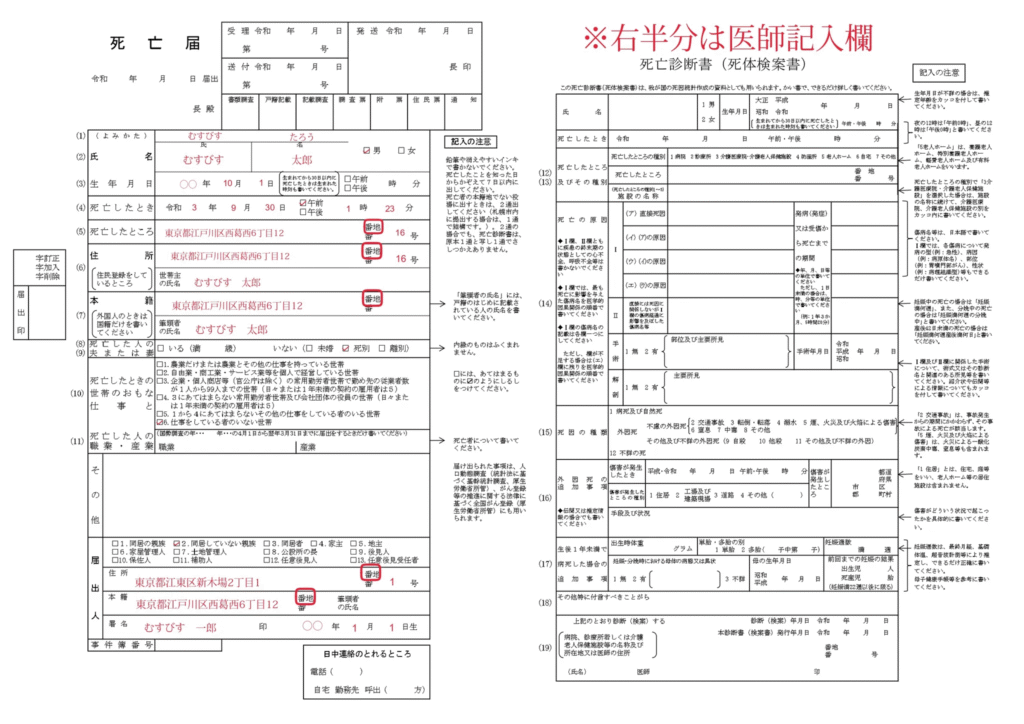
You will need the doctor’s death certificate, a cremation permit from the local ward office and, if you intend to repatriate remains, consular paperwork from your embassy. Allow at least 48 hours for document processing.
Language Support and Mediation
Specialist firms such as Funeral Support Services Co. Ltd. handle everything from translation and priest coordination to sea-scattering burials and international repatriation, ensuring cultural nuances are respected while legal requirements are met.
Emerging Trends in Japanese Funerals
Societal shifts and the pandemic have increased the availability of alternative approaches.
Eco-Friendly and Minimalist Services

Tree burials (jumokuso), natural-material urns and carbon-offset cremations are gaining traction among environmentally conscious families.
Online Memorials and Livestreams
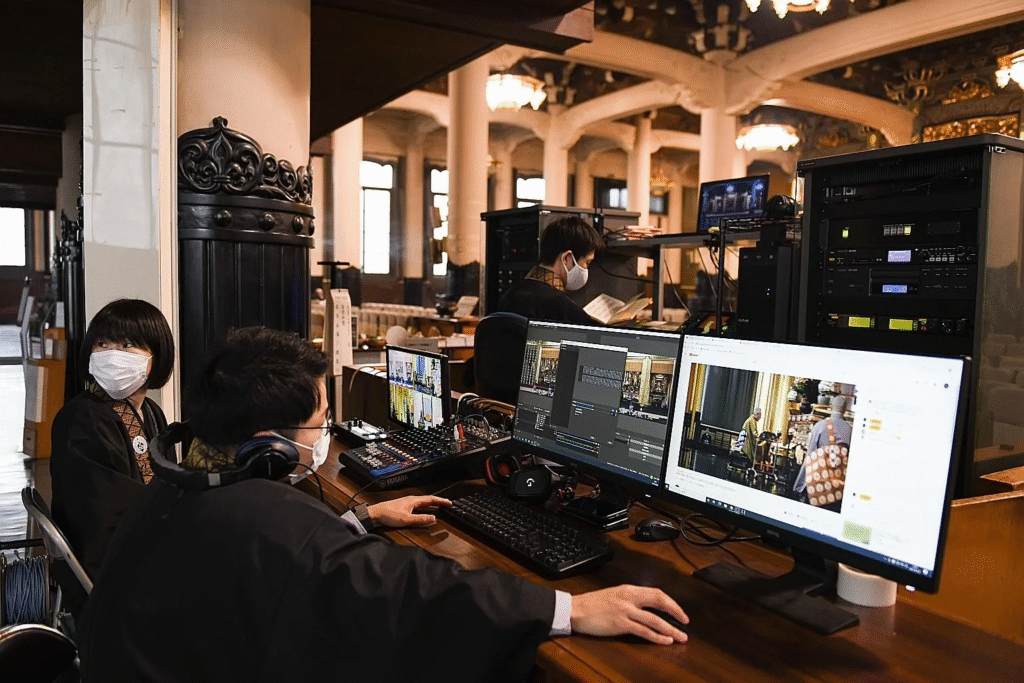
When travel restrictions prevent attendance, livestreamed rites and digital guestbooks allow distant friends to pay respects, which reduces both guest numbers and overall costs.
One-Day and Direct Cremations
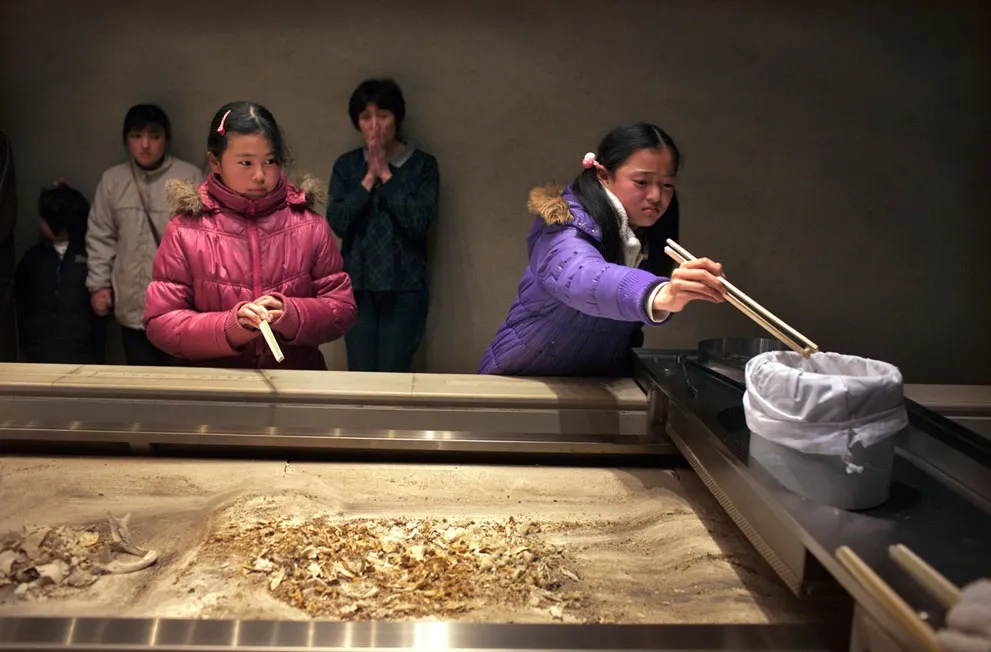
Increasingly popular with urban singles and aging couples, these pared-down ceremonies omit the wake, cutting logistical complexity and expense while still providing closure.
Key Takeaways for Navigating Funerals in Japan
Japanese funerals balance solemn ritual with quiet practicality. Master the basics, such as formal black attire, kōden etiquette, and incense offering, you will be warmly appreciated by the bereaved. If tasked with organizing a service, know that bilingual professionals can guide you through paperwork, venue choices and cost-saving options. Above all, sincerity and respect speak louder than perfect execution of every custom. Observe, follow the cues of those around you, and remember that your presence itself is the greatest condolence you can offer.

